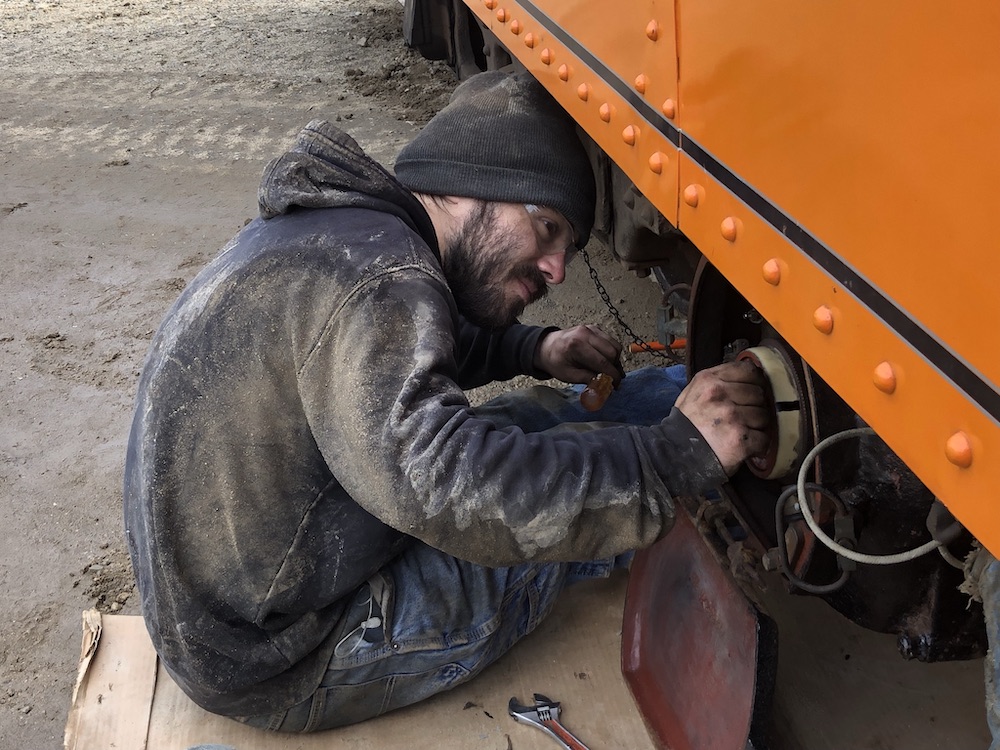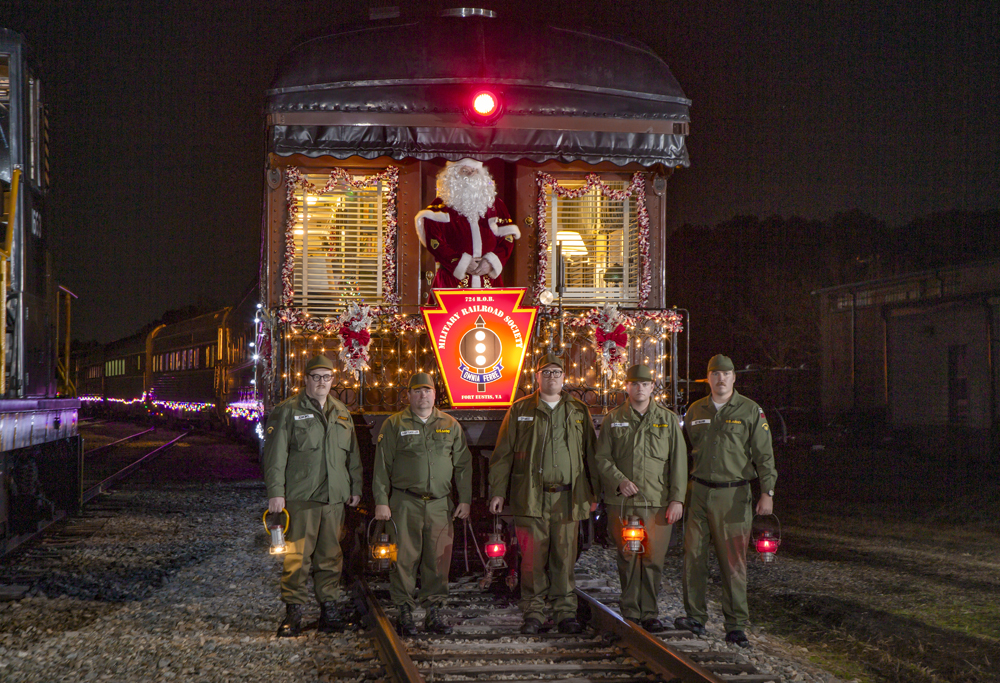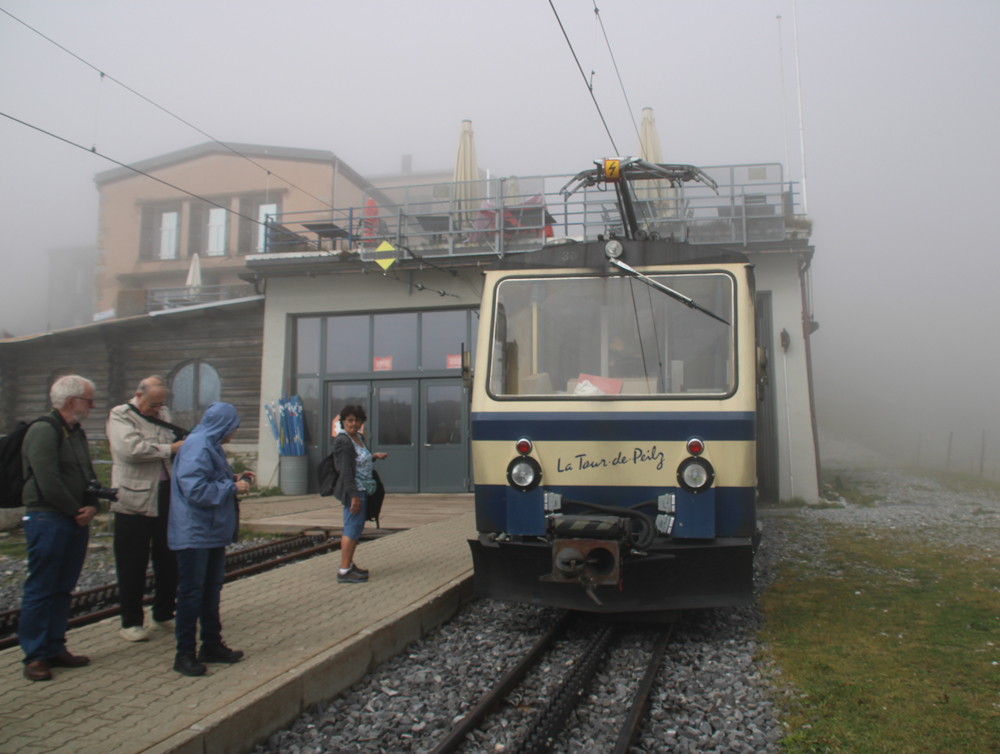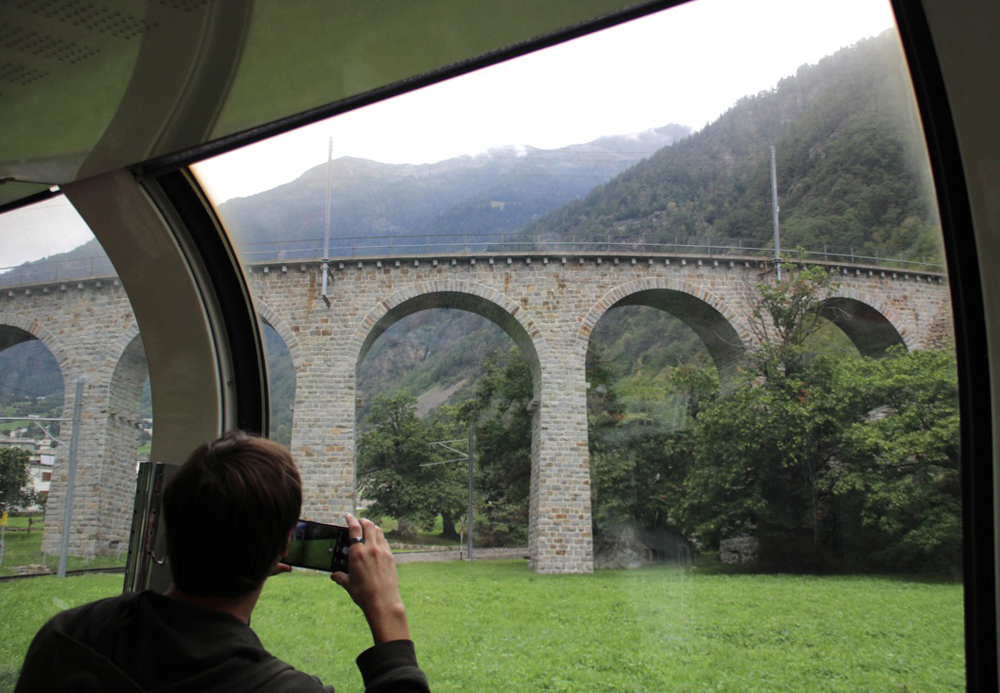
In an industry that focuses on looking back on the past, being forward-thinking helps ensure the future of the rail preservation movement. At the Seashore Trolley Museum in Kennebunkport, Maine, Shop Foreman Brian Tenaglia is no stranger to that concept, utilizing new skills to help manage the traction collection. The incorporation of computer-aided design (CAD) software and 3D printing technology alongside traditional processes in restoration has been a major focus of the 29-year-old’s time at the museum.
How did you get involved in rail preservation?
Brian Tenaglia: I started at the Seashore Trolley Museum in 2012 when I was 18. I was looking for something to do and found out that the museum would train you to run the cars at that age. I wouldn’t really consider myself a trolley fan before I started as they were always sort of the “weird cousin” to trains. But once I got into it, all the little ins and outs of the history and technology became so fascinating that it ultimately scratched the itch. I continued volunteering as a motorman and then started working in the shop after graduating from college in 2018 with a mechanical engineering degree.
The first project we undertook with CAD as a major component was the ongoing restoration of Portland-Lewiston Interurban No. 14, The Narcissus, which started shortly before I began working at the museum. Seashore secured a donation of the CAD package based on the work already completed. Having prior experience with the software in college, I immediately started using the package for drawing and design work. Eventually, a couple of us in the shop got 3D printers, so we’re now making prototypes for things like castings. We also use CAD as a mechanical notebook as it’s easy to keep track of the complicated projects as well as the little details you must keep straight by putting the data into the computer and letting it take care of dotting the i’s and crossing the t’s. Obviously, the expensive CAD packages keep a lot of people out of it, but our museum found it to be very useful right out of the gate.
As a young preservationist at age 29, what have you found to be the most challenging aspects in the industry?
Brian Tenaglia: Being young is a little bit of a challenge. But if you show that you respect the equipment by learning and caring for it, others will respect you in return. However, the kind of back-and-forth infighting to the detriment of what many organizations are trying to do was one of the biggest frustrations for being one of the biggest challenges. Everybody has emotions and personal views on things, but it’s ultimately trying to keep that mindset of we’re all here and in this together to make sure this equipment is still here for another generation to experience it. That breaks through with a lot of people.
What’s been the most rewarding for you so far?
Brian Tenaglia: Just what I do for a job. Sometimes I stand around at the end of the day thinking, “I worked on something today that my grandparents may have actually ridden on in the Boston area.” Most of these streetcars were supposed to be gone by the 1950s as they were built to last 25 years or so. But they’re still here because of the people who realized they were important, saved them, and learned how to keep them running.
It’s daunting, but now you’re now the one that’s learning how to keep them running. I personally find that kind of technical challenge very rewarding. You really can’t get more hands-on with history than this. You’re literally working with it every single day and carrying the thought of leaving your fingerprints too. What you’re doing today is hopefully still going to be around in 50, 60, and 70 years. It drives you to do your absolute best.
Where do you see rail preservation as it is today and what do you hope it’ll become for the future?
Brian Tenaglia: We’re at a crossroads. We’re looking at investments that were made 60 years ago that are coming to an end, while also losing a lot of technical knowledge by the passing of those who learned this stuff and worked on the equipment beforehand. I think many places have realized this and are paying serious attention to passing the torch, which can open opportunities for younger people.
There are exciting new possibilities for future generations. One of the big things we’re looking at in traction transit is preserving equipment beyond the 1980s with everything computerized. That’s completely different skill sets, diagnostics, and tools you need to make cars like that run. We’ll need that new generation of thought and skills while preserving and forwarding the traditional knowledge we already have.
What advice would you give for any young person looking to get involved in the industry?
Brian Tenaglia: Getting your foot in the door is the biggest step. There are a ton of jobs to do in railway preservation with plenty you might not know exists. I would then say learn, read books, ask good questions, and talk to others. If you’ve done your homework, the fact that you’re a young person can suddenly become a benefit.
Get other people involved too. It takes a village to run a streetcar and there’s plenty in rail preservation that has appeal to a broader audience. For me, it’s the equipment, but some of the best and most dedicated volunteers that we have at Seashore see something else in its entirety. That perspective helps the museum and other organizations be more attractive to a wider audience as well.














It is a positive and heart warming story and gives the both the rail preservation and railroad industry hope for the future. We need to get more younger people as well as the next generation or two involved with rail preservation By putting their knowledge and skills in technology and their love of trains young people can keep the torch and pass it along for future generations to see, learn and be an important part of preserving history and keeping these pieces of rolling stock in good condition and operation Hopefully stories like these and young people like Brian will encourage young people who love trains and trollers and trains in general and enjoy trains as a hobby to come out and share their interest with others and not be afraid of what other people might think or say about their hobby and interest and love of trains. Joseph Markfelder